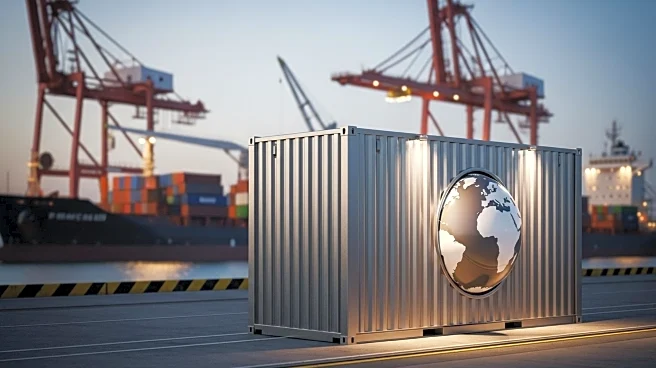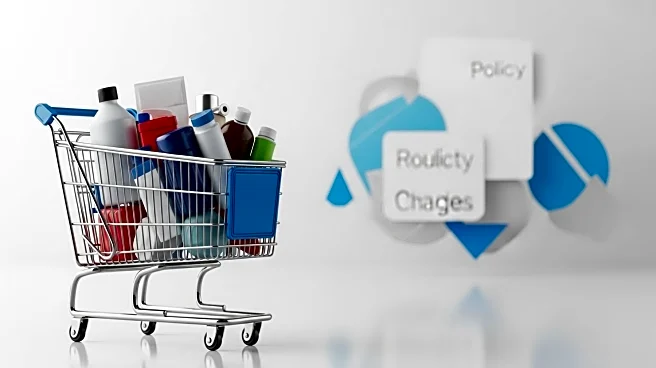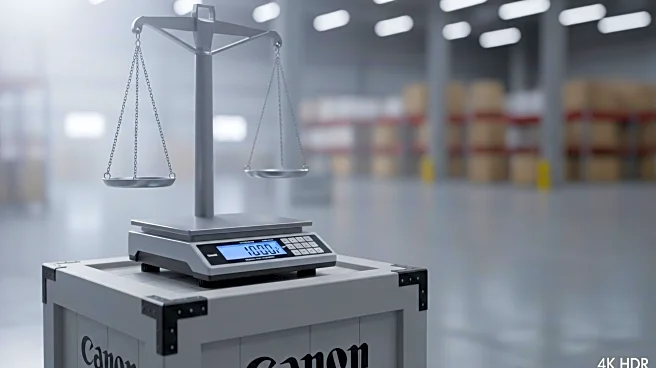What is the story about?
What's Happening?
The de minimis exemption, which allowed low-cost goods to enter the United States duty-free, has ended, causing significant disruptions for consumers, shippers, and small businesses. This rule, which permitted merchandise worth $800 or less to bypass import tax, expired recently, leading to new levies ranging from 10 to 50 percent or a flat rate of $80 to $200. President Trump's executive order mandates transportation carriers to collect these taxes from merchants using preapproved third-party services. However, only a limited number of service providers have been certified to handle these duties, resulting in suspended shipments from over two dozen countries. Online marketplaces like Shopify and Etsy are advising sellers and buyers on adapting to these changes, while consumers face longer shipping times and potential price increases.
Why It's Important?
The end of the de minimis exemption is expected to have widespread economic implications. American consumers may face higher costs as businesses adjust prices to cover the new taxes. This change could particularly impact small businesses and independent sellers who rely on platforms like Etsy and eBay, potentially reducing consumer choice and affecting sales. The Trump administration argues that closing this loophole will increase tariff revenues, create jobs, and combat counterfeiting and intellectual property theft. However, industry experts warn that the burden will likely fall on consumers, who may see these costs reflected as additional fees at checkout.
What's Next?
As the new tax regulations take effect, businesses and consumers will need to navigate the complexities of international shipping and customs processes. Companies may need to alter their supply chain strategies, potentially sourcing more goods domestically or finding alternative international suppliers. The U.S. government and industry stakeholders will likely continue discussions on how to streamline the tax collection process and minimize disruptions. Consumers and businesses will need to stay informed about changes in shipping costs and delivery times as the situation evolves.
AI Generated Content
Do you find this article useful?














